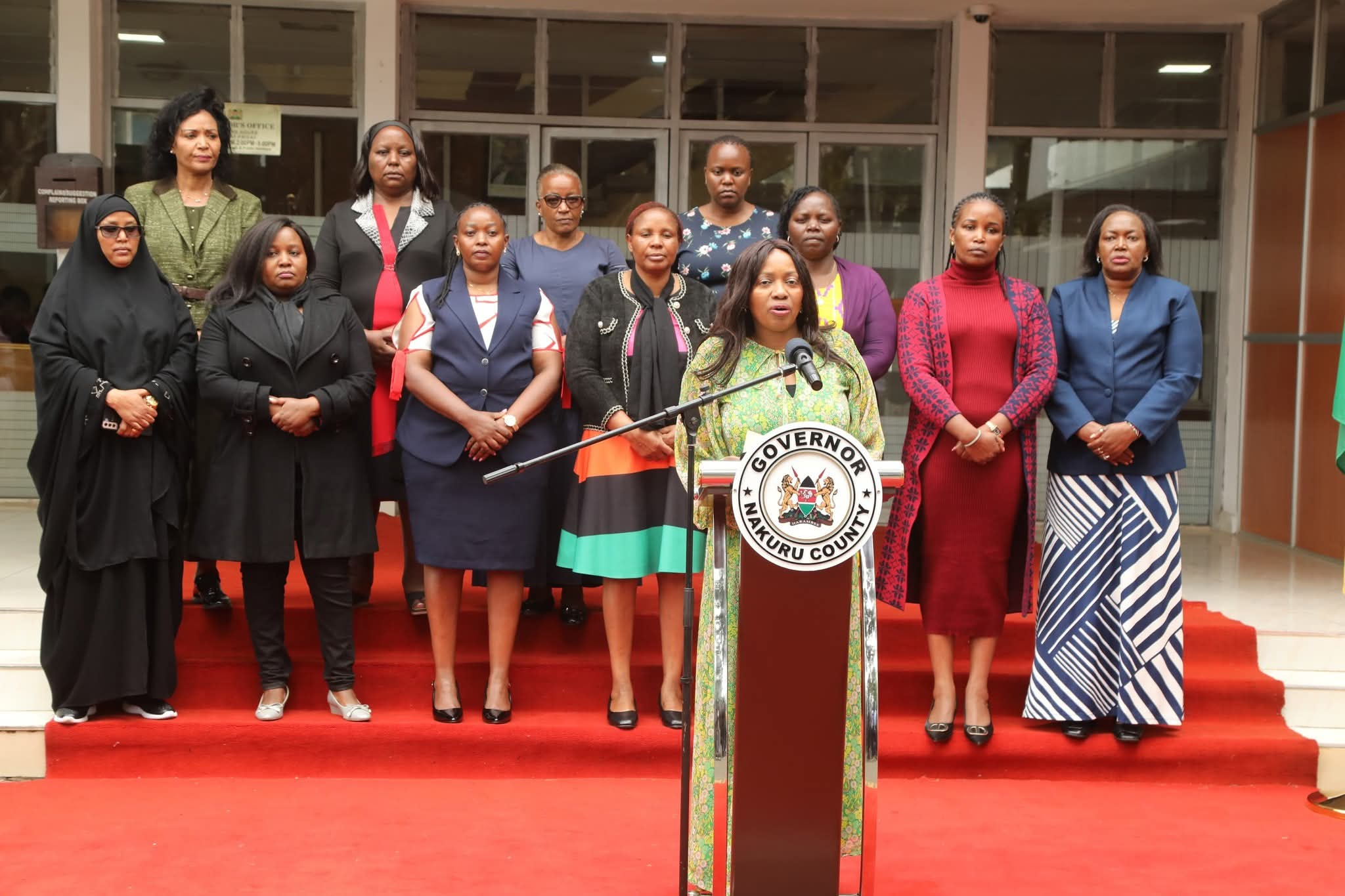Chikungunya: Rising threat in Africa amid climate change and poor sanitation

Chikungunya is a mosquito-borne viral disease that causes fever, severe joint pain, and sometimes rash and muscle pain.
For decades, the use of treated mosquito nets has been the cornerstone of malaria prevention, especially for pregnant women and children under five. This measure has proven effective in safeguarding vulnerable populations against mosquitoes.
However, the growing threat of Aedes mosquitoes, fueled by rising temperatures, erratic rainfall, and poor sanitation in Africa, is challenging traditional prevention strategies. Unlike malaria-carrying mosquitoes, Aedes mosquitoes are active during the day and can spread diseases like chikungunya. Climate change has not only extended their breeding seasons but also expanded their habitats, creating a perfect storm for their proliferation. Stagnant water, often a result of inadequate sanitation systems, provides ideal conditions for these mosquitoes to thrive, exacerbating the spread of diseases.
More To Read
- Kenyan football fraternity in mourning as Bandari Youth star Daudi Zakaria dies at 20
- Rising mpox cases, cholera outbreaks and HIV misinformation straining Kenya's public health sector- report
- How misinformation is hampering Kenya's fight against infectious diseases
- Chikungunya and dengue cases surge as Aedes mosquitoes spread in Kenya
- Two dead as Mpox hits Nyali and Changamwe, Mombasa on high alert
- First malaria drug for infants approved, to be rolled out in Africa within weeks
The World Health Organisation (WHO) defines Chikungunya as a mosquito-borne viral disease that causes fever, severe joint pain, and sometimes rash and muscle pain. The illness is caused by the chikungunya virus (CHIKV)
The name "chikungunya" refers to the bent or stooped posture of individuals experiencing severe joint pain, a characteristic symptom of the disease.
The virus is primarily transmitted to humans through bites from infected female mosquitoes, most commonly Aedes aegypti and Aedes albopictus. These mosquitoes, which are also responsible for spreading dengue and Zika viruses, bite throughout the day, with peak activity during the early morning and late afternoon.
Symptoms of Chikungunya
The symptoms of chikungunya typically appear 4-8 days after being bitten by an infected mosquito. They include sudden fever, severe joint pain, muscle pain, headache, fatigue, rash, and joint swelling. The joint pain can last for weeks or even months, sometimes leading to chronic arthritis. While most individuals recover fully, some may experience complications affecting the eyes, heart, or nervous system. Newborns and the elderly, particularly those with underlying conditions, are at higher risk for severe illness.
Diagnosis
Chikungunya can be diagnosed through blood tests, particularly during the first week of infection using RT-PCR. After the first week, tests to detect antibodies can confirm previous infection.
Treatment
There is no specific antiviral treatment for chikungunya. Symptom management includes using pain relievers such as paracetamol or acetaminophen and staying hydrated. Non-steroidal anti-inflammatory drugs (NSAIDs) should be avoided until dengue is ruled out, as they can increase bleeding risks.
Prevention and Control
The best way to prevent chikungunya is by avoiding mosquito bites. During an outbreak, it is crucial to reduce mosquito breeding sites, which involves cleaning containers with standing water regularly. Insecticides may be used to control mosquitoes, and protective measures like wearing long sleeves, using mosquito repellents, and sleeping under treated nets can further reduce risk. People travelling to affected areas should take precautions like applying repellent and staying in screened accommodations.
Chikungunya, malaria, and dengue fever are all mosquito-borne diseases, but they differ in the viruses or parasites that cause them, their symptoms, the mosquitoes responsible for transmission, and the times these mosquitoes are active. Here’s a comparison of the three:
Geographical Spread
Chikungunya: Common in tropical and subtropical regions, including parts of Africa, Asia, and the Americas.
Malaria: Widespread in tropical and subtropical areas, particularly in sub-Saharan Africa, parts of Asia, and Central and South America.
Dengue Fever: Found mainly in tropical and subtropical regions, especially in Southeast Asia, the Pacific Islands, the Caribbean, and Central and South America.
Globally, chikungunya cases have surged in 2024, with over 480,000 reported cases and 200 deaths across 23 countries by November. In East Africa, the disease's prevalence is particularly high, with studies indicating a 20.6% pooled prevalence in the region.
Chikungunya has been reported multiple times in Kenya, including significant outbreaks in 2017 and 2022.
In December 2017, the Ministry of Health (MoH) of Kenya reported 453 chikungunya cases in Mombasa County, including 32 laboratory-confirmed cases and 421 suspected cases. The outbreak was identified when an increase in patients with high-grade fever, joint pain, and body weakness was noticed in Mombasa. Initial testing of blood samples from local hospitals confirmed both chikungunya and dengue infections.
The majority of cases reported severe joint pain and fever. However, the true scale of the outbreak was likely underestimated due to under-reporting and low health-seeking behaviours among the affected population. Large mosquito breeding sites and inadequate vector control measures contributed to the outbreak's spread. The outbreak affected several sub-counties in Mombasa, including Mvita and Likoni, and spread to Kilifi County.
In 2022, chikungunya cases were reported in Kotulo, Wajir County, and Wargadud Ward in Tarbaj Sub-County. The Ministry of Health responded by launching a national vaccination campaign targeting several counties, including Wajir, Garissa, Marsabit, Meru, Samburu, Elgeyo Marakwet, Baringo, West Pokot, Turkana, Mandera, and Tana River.
Top Stories Today













































